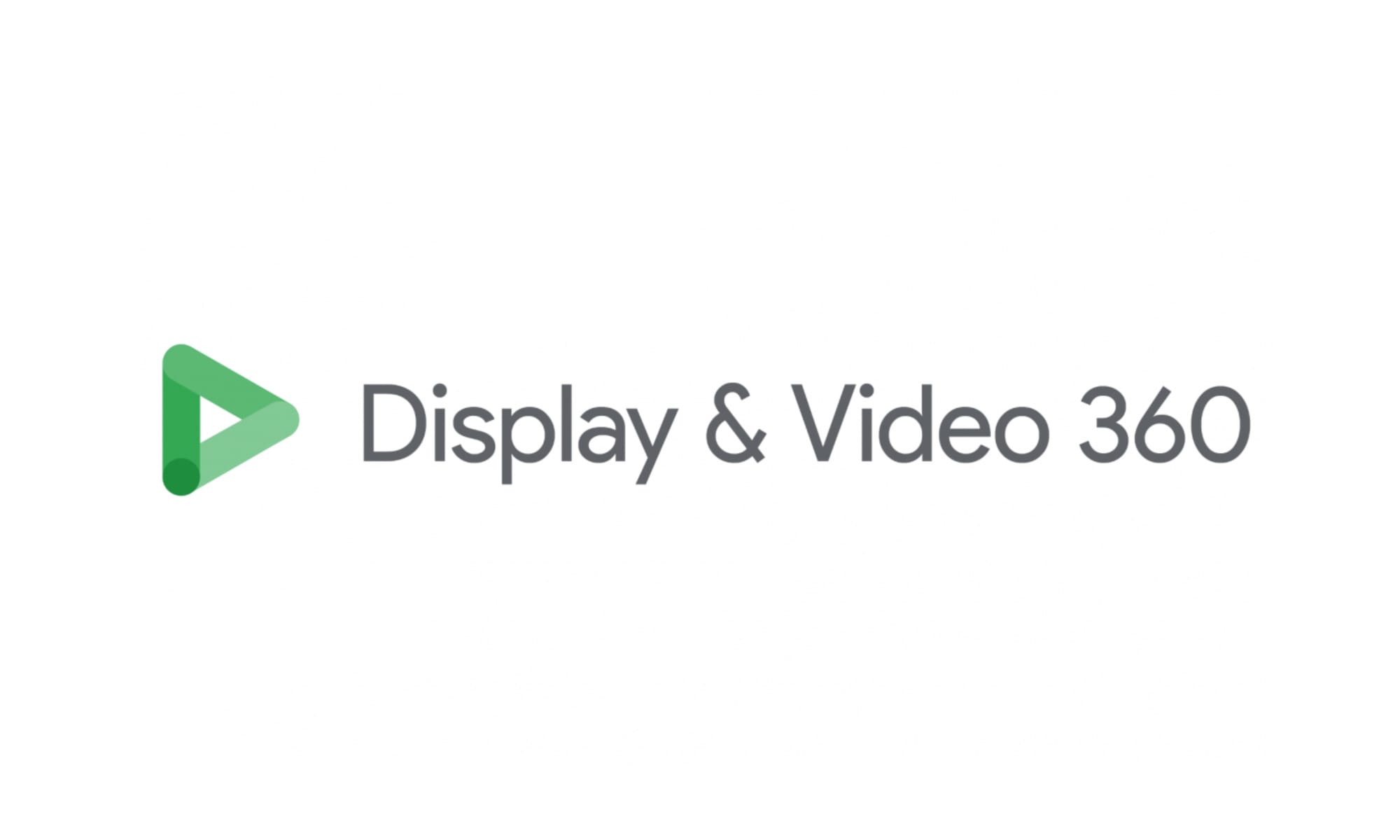Google enhances DV360 with Structured Data Files QA Format
Google's Display & Video 360 now offers SDF QA format for easier bulk review of advertising settings.

Google last week announced the general availability of the Structured Data Files (SDF) QA format for its Display & Video 360 platform, marking a significant advancement in digital advertising management. This development, which comes just over two months after its initial open beta release on May 30, 2024, aims to simplify the process of reviewing advertising resource settings in bulk for marketers and advertisers.
The SDF QA format introduces two new file types: 'Line Item - QA' and 'YouTube Ad Group - QA'. These files are designed to present information using human-readable values, such as display names, instead of numeric IDs. This change makes it considerably easier for advertisers to review and understand their campaign settings without the need for constant reference to ID mappings.
According to Google's announcement, the QA format files are available in SDF version 6 and later. It's important to note that these files are read-only and cannot be used to modify or create new resources within Display & Video 360. This limitation ensures data integrity while still providing valuable insights for review purposes.
The technical implementation of this feature allows for flexible access to the new file types. Advertisers can download these files directly through the Display & Video 360 interface or by utilizing the Display & Video 360 API v3. When using the API, users have two options: they can either use the 'FILE_TYPE_AD_GROUP_QA' or 'FILE_TYPE_LINE_ITEM_QA' 'FileType' values in a 'ParentEntityFilter', or provide relevant IDs to new 'lineItemQaIds' and 'adGroupQaIds' fields in an 'IdFilter'.
This update addresses a common pain point in the digital advertising industry. As campaigns grow in complexity and scale, reviewing settings across numerous line items and ad groups can become a time-consuming and error-prone process. The introduction of the QA format aims to alleviate this issue by presenting data in a more intuitive and readable format.
The SDF QA format follows specific rules that apply to all Structured Data File formats. The first row of the file always contains the column names as a header. All non-missing string values, except for those in the first row, are enclosed in quotation marks. Missing values are left blank, providing a clear indication of absent data.
For list-type data, values are separated by semicolons, with a trailing semicolon following the last item. This standardized format ensures consistency and ease of parsing. For more complex data structures, such as lists of lists, each sublist is enclosed in parentheses and separated from other sublists by semicolons.
It's worth noting that the QA format provides the same information as standard format files of the same version. However, the titles of columns that have been changed in the QA format are appended with "Qa" to clearly distinguish them from their standard counterparts.
The release of the SDF QA format is part of a broader update to Google's Display & Video 360 platform. Alongside this feature, Google also announced the general availability of SDF version 7.1. This version includes several enhancements, such as new TrueView Video Ad settings for the Line Item resource and renamed columns in the insertion order resource to use "Kpi" instead of "Performance Goal".
While the QA format is now generally available, Google continues to encourage feedback from users. This open approach to product development allows for continuous improvement based on real-world usage and user needs. Advertisers encountering issues or needing assistance with the new format are directed to use Google's new Display & Video 360 API Technical support contact form.
The introduction of the SDF QA format reflects the ongoing evolution of digital advertising tools. As campaigns become more complex and data-driven, the need for tools that can simplify analysis and decision-making processes grows. This update from Google appears to be a direct response to that need, aiming to enhance efficiency and accuracy in campaign management.
However, it's important to consider the potential limitations of this new format. While it offers improved readability, its read-only nature means that advertisers will still need to switch to standard SDF formats for making changes to their campaigns. This dual-format approach may require some adjustment in workflow for teams heavily reliant on bulk operations.
Looking at the broader context, this update aligns with industry trends towards greater transparency and ease of use in advertising platforms. As privacy regulations tighten and the advertising ecosystem becomes more complex, tools that provide clear, easily interpretable data become increasingly valuable.
For advertisers and marketers, the introduction of the SDF QA format represents an opportunity to streamline their campaign review processes. By reducing the cognitive load associated with interpreting numeric IDs, teams can potentially identify issues or opportunities more quickly, leading to more agile and responsive campaign management.
In conclusion, Google's release of the Structured Data Files QA format for Display & Video 360 marks a significant step in improving the usability of bulk data in digital advertising. While its impact will vary depending on individual workflow and campaign complexity, it offers a promising tool for advertisers seeking to enhance their campaign review processes.
Key facts
Announcement date: August 8, 2024
Initial beta release date: May 30, 2024
New file types: 'Line Item - QA' and 'YouTube Ad Group - QA'
Available in SDF version 6 and later
Read-only format, cannot be used for modifications
Accessible via Display & Video 360 interface and API v3
Part of broader update including SDF version 7.1
Aims to simplify bulk review of advertising resource settings

